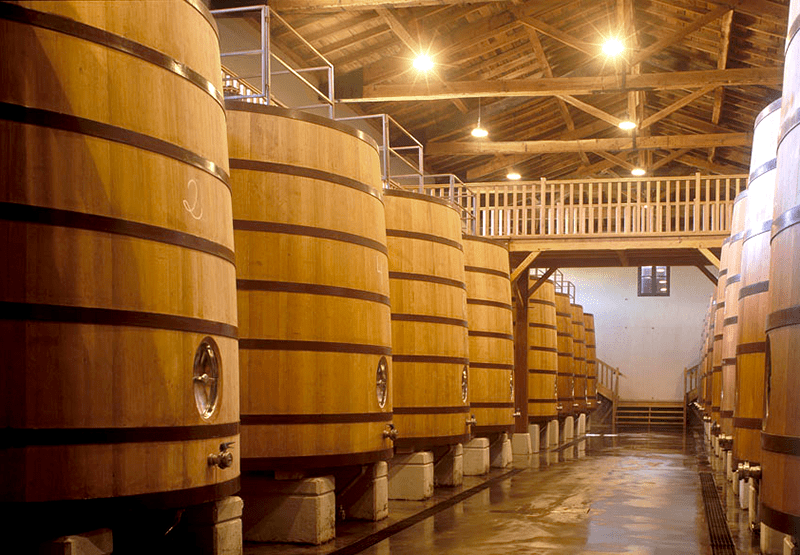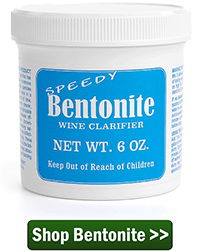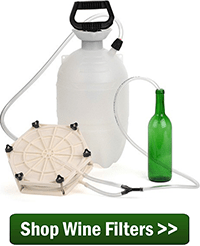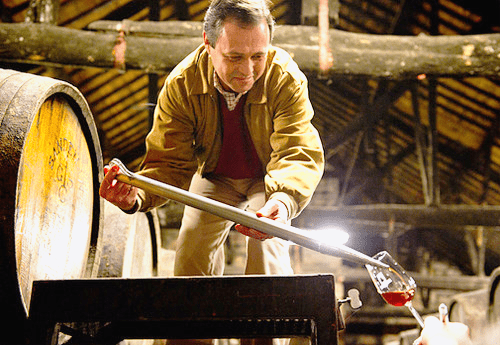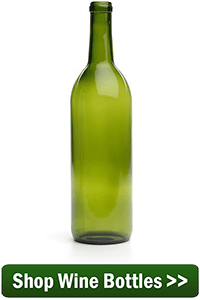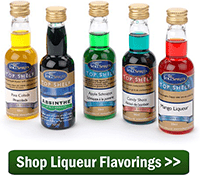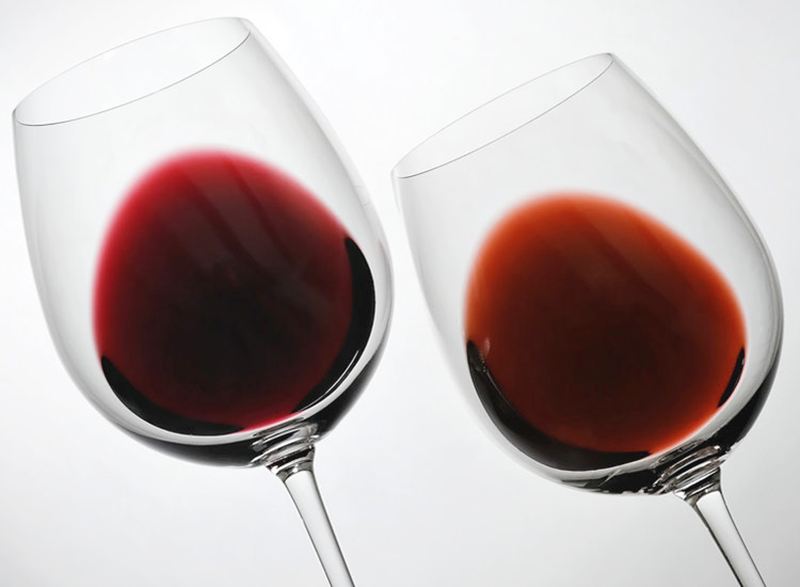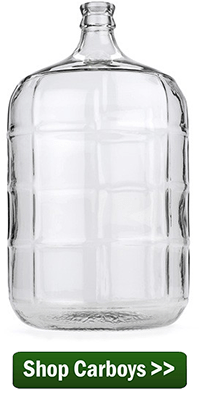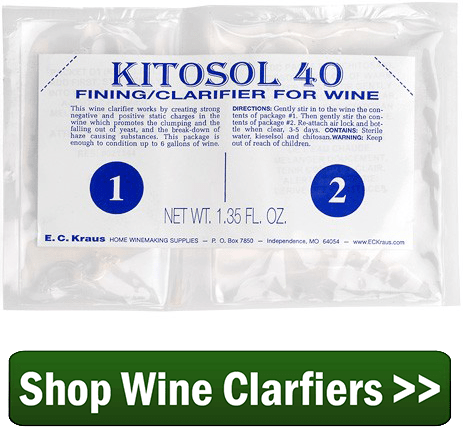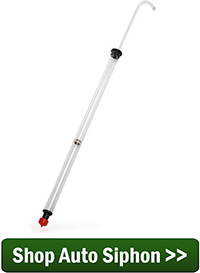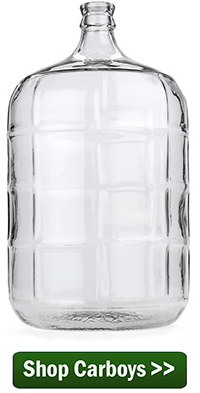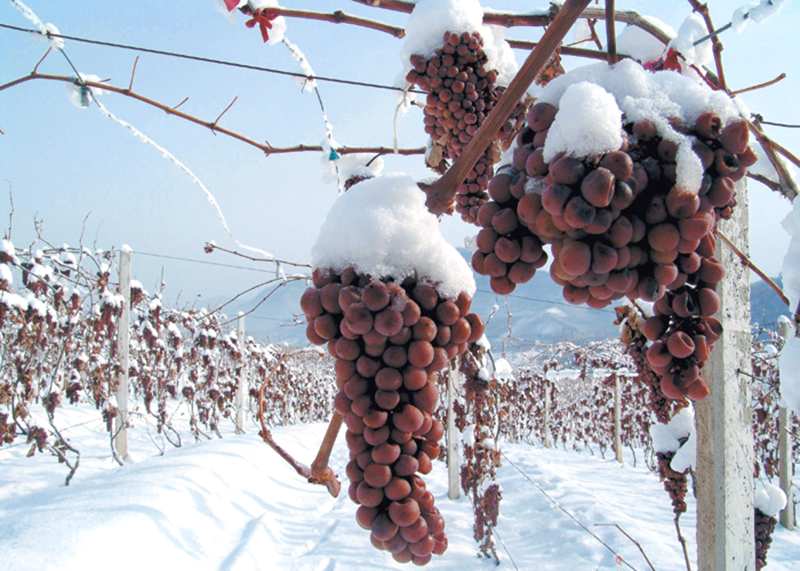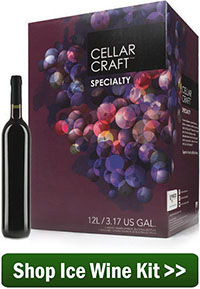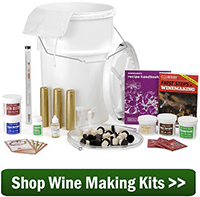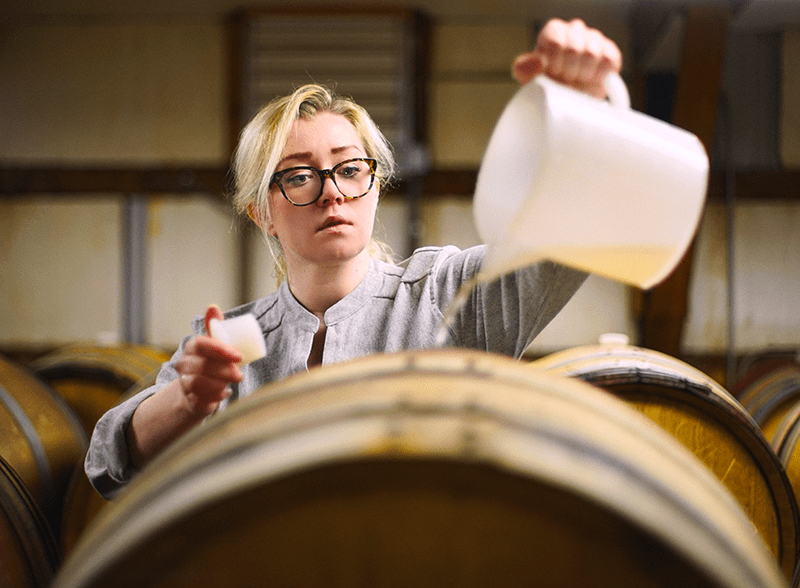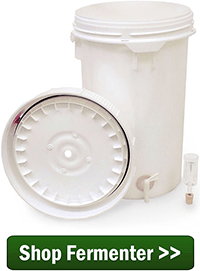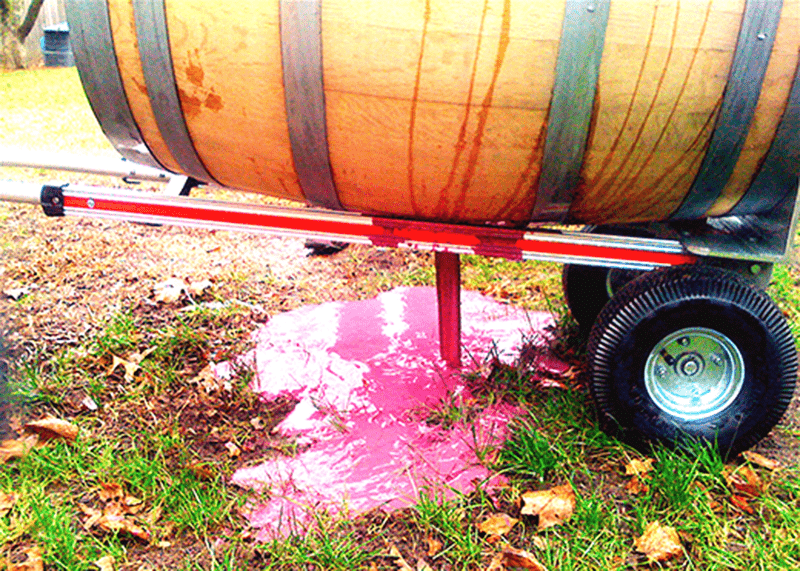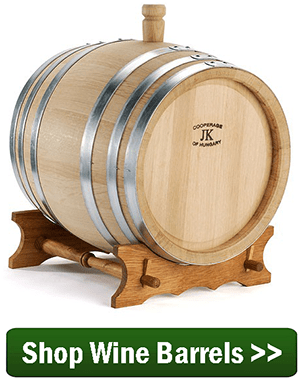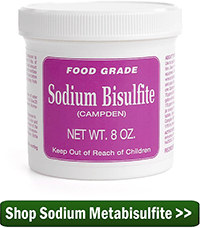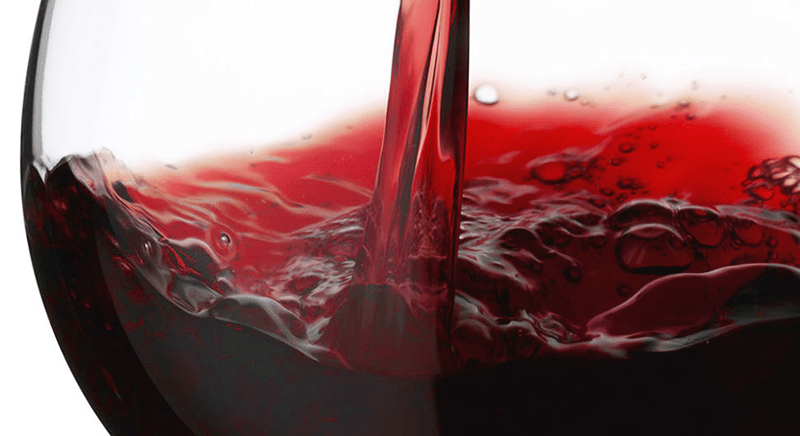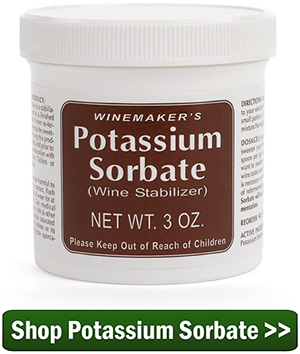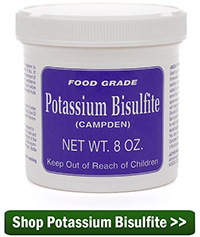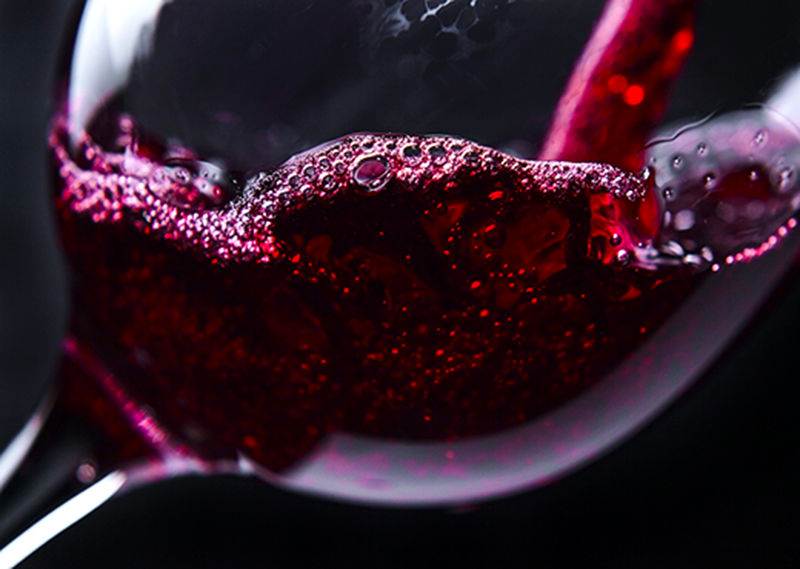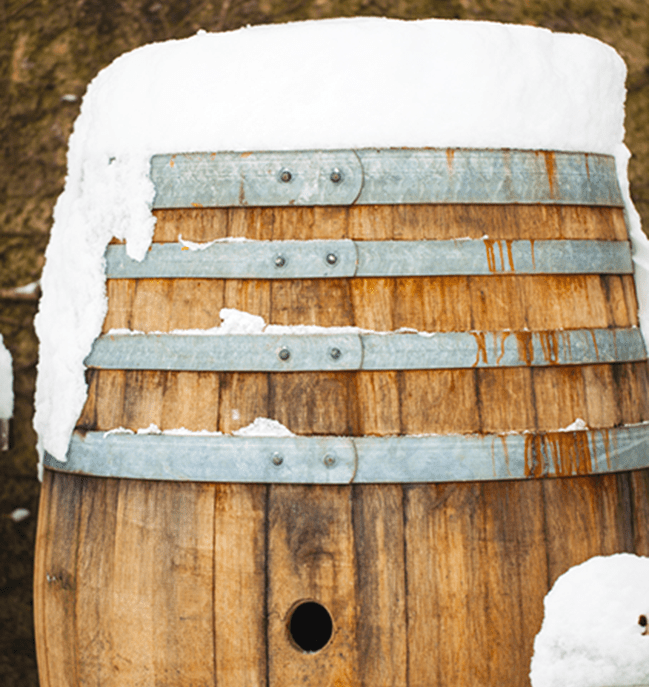 I live in Louisiana in the south. Is it too late to make wine? Is there a problem making wine in cold weather? I have a lot of fruit left from the summer.
I live in Louisiana in the south. Is it too late to make wine? Is there a problem making wine in cold weather? I have a lot of fruit left from the summer.
Mildred M. — LA
—–
Hello Mildred,
You can make wine all throughout the year without any problems. The only real issue is that you need to control your fermentation temperature. For a wine fermentation to go as it should, the temperature range needs to be between 70° and 75°F. If you get out of this temperature range, issues can arise, but beyond this, there is nothing wrong with making wine in cold weather.
If the temperature gets below 70° the wine yeast will start to go dormant. They can slow down to the point of not being active at all. This is known as a stuck fermentation. Or, the wine yeast may not start up at all. Warm the fermentation up to 70°F., and you will start to see activity.
This temperature range is true for most wine yeast except for a few exceptions like Red Star Pasteur Blanc wine yeast which can ferment at cooler temperatures without stopping completely. However, it will ferment very slowly.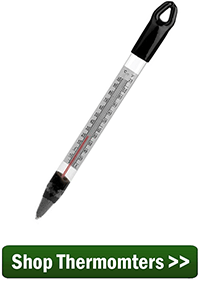
If the fermentation temperature starts to get over 75°F., then the wine yeast can start to produce funny off-flavors and aromas. The resulting wine will not have a clean taste.
Beyond these concerns, there is absolutely no reason why you shouldn’t be making wine in cold weather, even in the middle of winter. Just have a means of controlling the fermentation temperature.
If you are not sure that you can keep the fermentation in this range, you may want to look into tying an artificial source of heat. It needs to be a very gentle source of heat. Most items you find around the house such as heating blankets are too warm and will put the fermentation well over the 75°F. This is just as bad, if not worse, as having the fermentation too cool.
If a fermentation is too cool there is no permanent damage done to the wine. It’s just not fermenting. Warm it up and the fermentation will start up again. But, if the fermentation becomes overly heated, you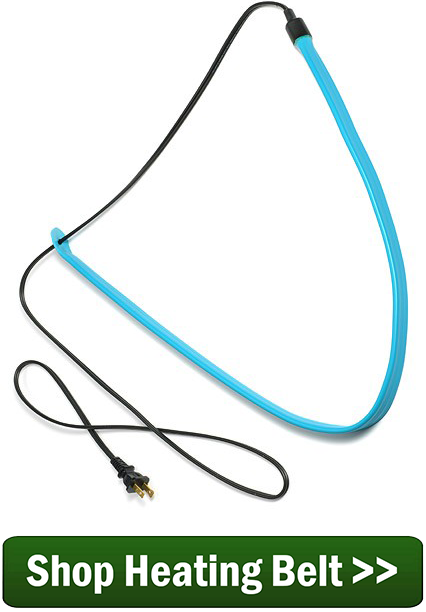 can encourage bacteria growth and the production of unwanted enzymes in the wine. Nothing harmful, but it will make the wine taste off or fowl, and it will be irreversible.
can encourage bacteria growth and the production of unwanted enzymes in the wine. Nothing harmful, but it will make the wine taste off or fowl, and it will be irreversible.
You may want to consider getting a thermometer for monitoring temperature when making wine in cold weather. Putting your hands on the side of the fermenter and guessing is not good enough. If you are making temperature adjustments you should have a fermentation thermometer of some type.
A heating belt is one way to warm up your fermentation a few degrees. This works good for cold basement situations or when fermenting in some cold corner of the house. It’s basically a strap that goes around the fermenter and plugs into an outlet. The only downfall is that there is no way to adjust its temperature of this belt.
Something else you can do when making wine in cold weather is to get a thermostat power switch. This is a power-interrupt thermostat with a temperature sensor. It plugs into an outlet and controls the power to a heating source – such as a heating blanket or the heating belt – base on the temperature to which it has been set.
Mildred, I say if you got the fruit, then go ahead and make the wine. The month doesn’t matter. Making wine in cold weather is easy to do. It’s simply a matter of taking control of the fermentation’s temperature.
Happy Wine Making,
Ed Kraus
—–
Ed Kraus is a 3rd generation home brewer/winemaker and has been an owner of E. C. Kraus since 1999. He has been helping individuals make better wine and beer for over 25 years.

